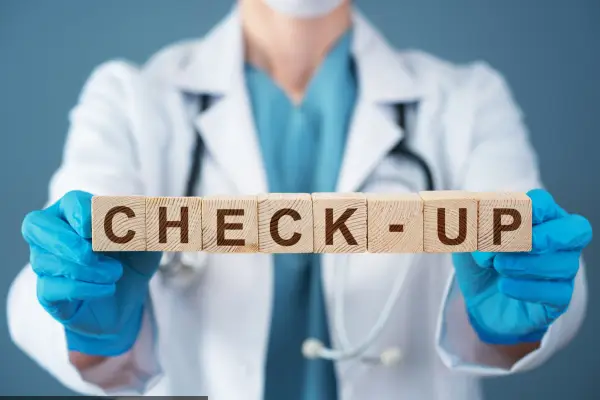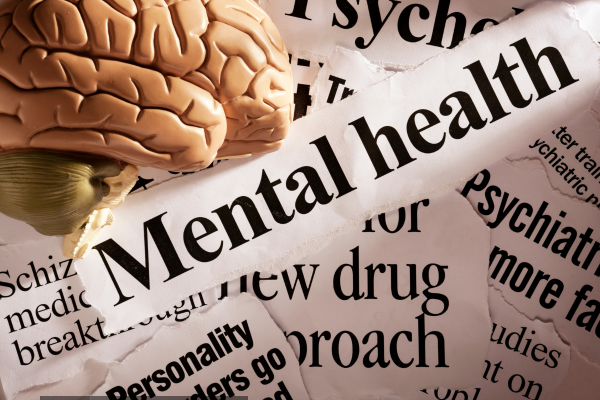Table of Contents
Understanding PTSD: What It Is and How It Affects Lives
Post-Traumatic Stress Disorder (PTSD) can develop after someone experiences a traumatic event. This condition can impact all aspects of life, including work, relationships, and physical health. People with PTSD often relive the trauma through flashbacks or nightmares, making daily life a struggle.
Key symptoms of PTSD include:
- Avoidance of places, people, or activities that remind them of the trauma.
- Increased anxiety or jumpiness, known as hyperarousal.
- Negative changes in mood and thoughts, leading to depression.
While PTSD can be overwhelming, understanding it is the first step toward recovery. Knowing the signs can help you or someone you love seek the right help. With appropriate care, it’s possible to manage PTSD and improve the quality of life.
Resources for Overcoming PTSD: Where to Find Help
If you’re facing PTSD, several resources can offer support and guidance. These resources can be life-changing, providing both immediate relief and long-term solutions.
Consider these helpful options:
- Therapy: Cognitive Behavioral Therapy (CBT) is highly effective in treating PTSD. Eye Movement Desensitization and Reprocessing (EMDR) is another therapy with strong results.
- Support Groups: Connecting with others who have similar experiences can be incredibly healing.
- Hotlines and Crisis Centers: In moments of crisis, having a hotline to call can be a lifeline. The National Suicide Prevention Lifeline and other hotlines are always available.
These resources are a starting point for reclaiming your life. Each offers different benefits, and many people find success by combining several approaches. Recovery is personal, so explore what works best for you.
The Power of Mindfulness in PTSD Recovery
Mindfulness has become a cornerstone of mental health recovery, especially for PTSD. This practice encourages being present in the moment, which can be particularly helpful when managing flashbacks or anxiety. Through mindfulness, you learn to observe your thoughts without judgment, which reduces their power over you.
Here’s how mindfulness can help with PTSD:
- Reduces Stress: Mindfulness practices like deep breathing and meditation lower stress levels.
- Improves Sleep: Regular mindfulness exercises can lead to better sleep, which is often disrupted in PTSD.
- Enhances Emotional Regulation: By staying present, mindfulness helps you respond to emotions rather than react.
Incorporating mindfulness into your daily routine can make a significant difference. Start small, perhaps with a few minutes each morning, and gradually build up. The consistency of this practice can lead to profound changes in how you handle PTSD.
Inspiring Recovery Stories: Hope from Those Who Have Overcome
Hearing from others who have faced PTSD and come out stronger on the other side can be incredibly motivating. These stories remind us that recovery is possible, even when it feels out of reach. Many people have navigated the same challenges and found ways to heal and thrive.
Common themes in PTSD recovery stories include:
- Seeking Help: Most survivors emphasize the importance of reaching out for support, whether through therapy or a trusted friend.
- Persistence: Recovery isn’t always linear. It’s important to stay committed, even when progress seems slow.
- Finding Purpose: Many find that helping others or pursuing a passion gives them new meaning in life.
These stories are a testament to the human spirit’s resilience. They show that with determination and the right support, it’s possible to overcome PTSD. Whether you’re just starting your journey or are deep in the process, these stories can offer hope and guidance.
Long-Term Strategies for Managing PTSD: Building a Wellness Routine
Managing PTSD is an ongoing process, requiring consistent effort and a supportive routine. Developing a wellness routine can be essential in maintaining progress and preventing setbacks. This routine should include activities that support both your physical and mental health.
Consider adding these elements to your routine:
- Regular Exercise: Physical activity, like walking or yoga, can reduce symptoms of anxiety and depression.
- Healthy Eating: A balanced diet supports overall well-being and can help stabilize mood.
- Sleep Hygiene: Establishing a regular sleep schedule can improve sleep quality, which is often disrupted by PTSD.
Your wellness routine should be flexible and tailored to your needs. The key is to find activities that you enjoy and that contribute to your overall well-being. By sticking to this routine, you can create a solid foundation for long-term recovery.
Conclusion: Moving Forward with Confidence
Overcoming PTSD is a journey that requires time, patience, and support. The path to recovery is different for everyone, but with the right resources and strategies, you can regain control of your life. Whether through therapy, mindfulness, or building a wellness routine, each step you take brings you closer to healing.
Remember, you are not alone in this journey. Countless others have faced similar struggles and emerged stronger. With hope, resilience, and the right support, you too can overcome PTSD.










